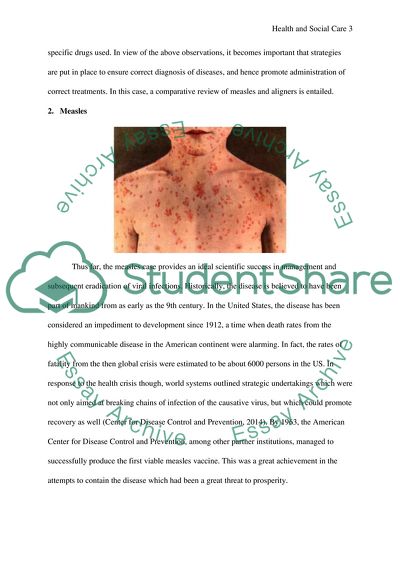Cite this document
(Health and Social Care: Investigating Disease Coursework, n.d.)
Health and Social Care: Investigating Disease Coursework. https://studentshare.org/biology/1855497-health-and-social-care-investigating-disease
Health and Social Care: Investigating Disease Coursework. https://studentshare.org/biology/1855497-health-and-social-care-investigating-disease
(Health and Social Care: Investigating Disease Coursework)
Health and Social Care: Investigating Disease Coursework. https://studentshare.org/biology/1855497-health-and-social-care-investigating-disease.
Health and Social Care: Investigating Disease Coursework. https://studentshare.org/biology/1855497-health-and-social-care-investigating-disease.
“Health and Social Care: Investigating Disease Coursework”. https://studentshare.org/biology/1855497-health-and-social-care-investigating-disease.


